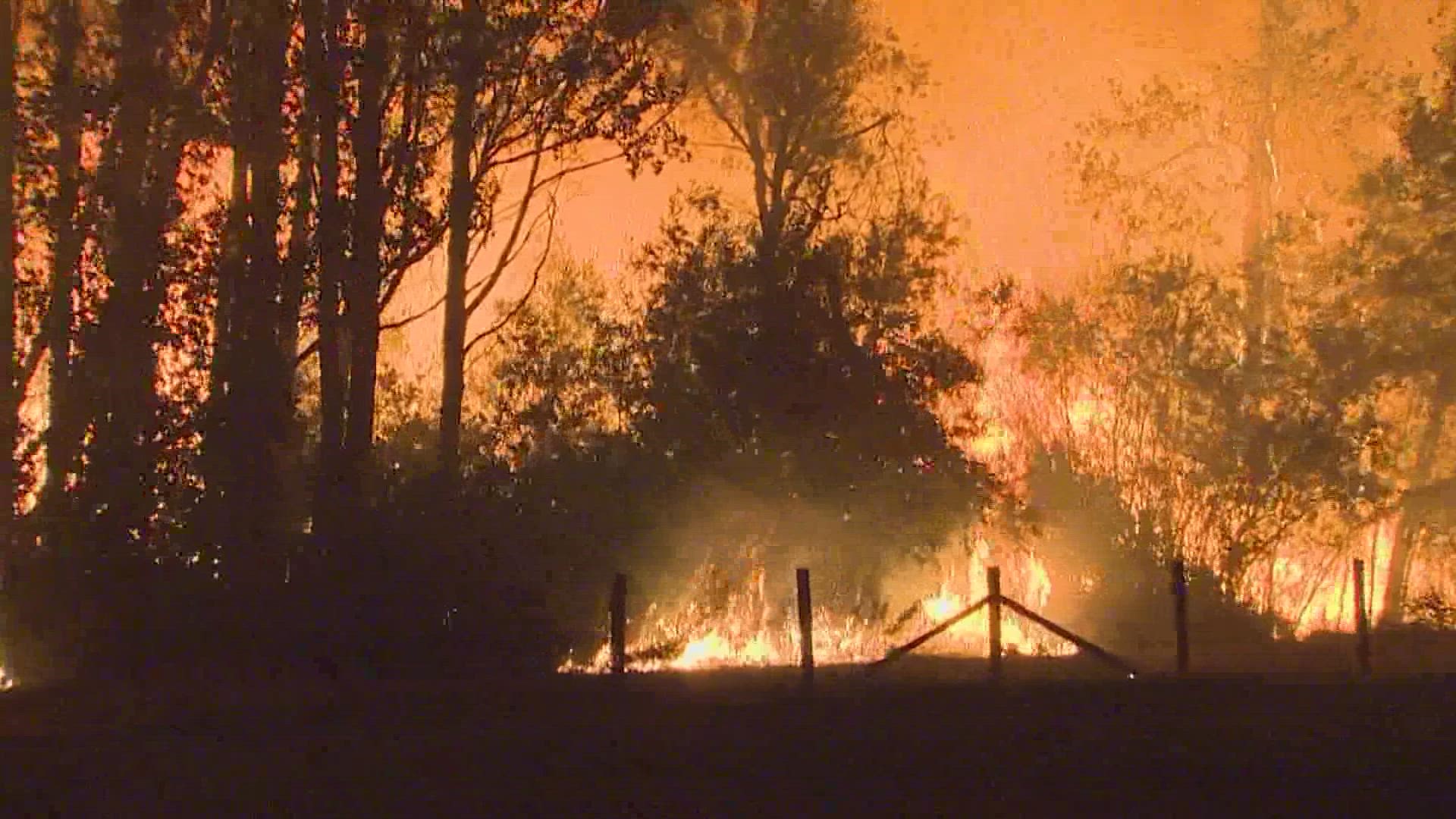Washington state is already doing many of the things a U.N. report recommends nations do to prevent devastating wildfires.
It's what the U.N calls the “fire ready formula,” that includes more planning, prevention preparedness, and recovery funding.
Washington’s Department of Natural Resources, the largest firefighting agency in the state, already has a Forest Health Plan. Part of it is aimed at reducing fuel loads in forests - small bushes, trees, and other burnable material that would not have been there prior to a century of fire suppression.
On Tuesday, agency fire managers were hunkered down in planning for the upcoming season.
“The best way to get ready for a fire season is to be proactive,” said Thomas Kyle-Milward, a spokesperson for the agency. “Being prepared with the climate we’re seeing worsen and more severe fire seasons becoming the norm … from fire seasons to fire years.”
More Washington fires are starting earlier in the summer, and the number of fires is going up in western Washington, which is the cooler and moister side of the state.
It's similar story elsewhere in the world.
The western U.S., northern Siberia, central India, and eastern Australia already are seeing more blazes, and the likelihood of catastrophic wildfires globally could increase more than 50% by the turn of the century, according to the report from the U.N. Environment Program. Areas once considered safe from major fires won't be immune, including the Arctic, which the report said was “very likely to experience a significant increase in burning.”
Tropical forests in Indonesia and the southern Amazon of South America also are likely to see increased wildfires, the report concluded.
“Uncontrollable and devastating wildfires are becoming an expected part of the seasonal calendars in many parts of the world,” said Andrew Sullivan, with the Commonwealth Scientific and Industrial Research Organisation in Australia, one of the report's authors.

